So, you think humans have a monopoly on strategic thinking? Think again. Some animals have hunting tactics that would impress even the most seasoned military strategist. Their precision, teamwork, and timing could teach us a thing or two. Let’s dive into the world of wildlife to uncover 15 animals whose hunting prowess is nothing short of military-level precision.
1. African Wild Dogs
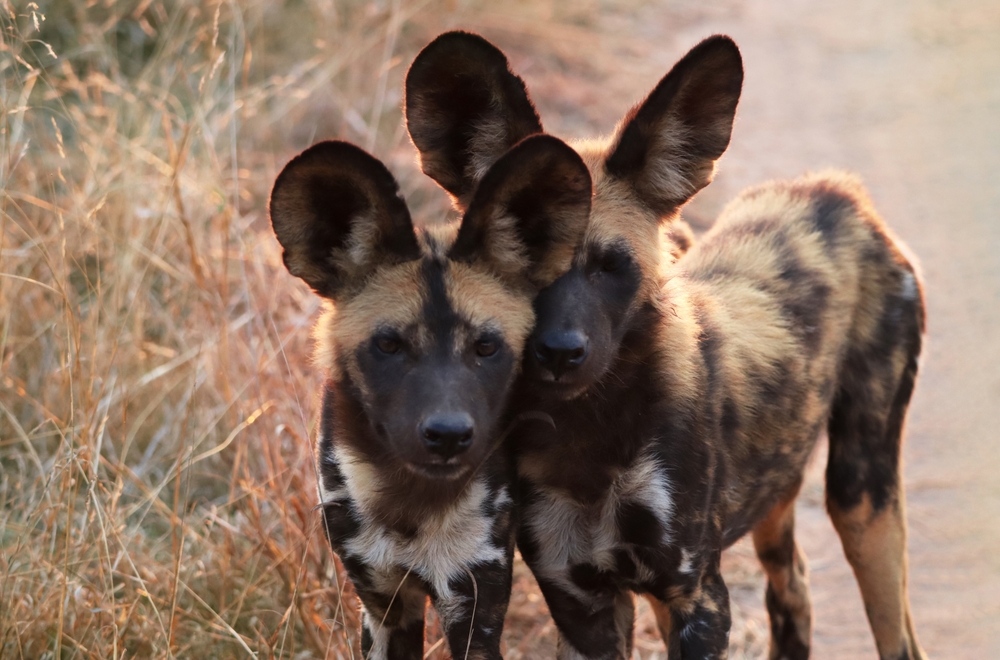
African wild dogs are known for their teamwork. They hunt in packs, and their coordination is almost flawless. Each member of the pack knows its role and sticks to it, creating an efficient hunting machine. Wildlife expert Dr. Rosie Woodroffe notes that their success rate in hunts is over 80%, which is higher than most predators. This is a testament to their collaborative strategy and impeccable timing during hunts.
What really sets them apart is their communication and endurance. They use a range of vocalizations to coordinate their movements and strategies. Their stamina allows them to pursue prey over long distances, gradually wearing it down. It’s a bit like a well-rehearsed dance, with each dog knowing precisely when to take its turn. This high degree of specialization and cooperation makes them one of the most successful hunters in the animal kingdom.
2. Orcas
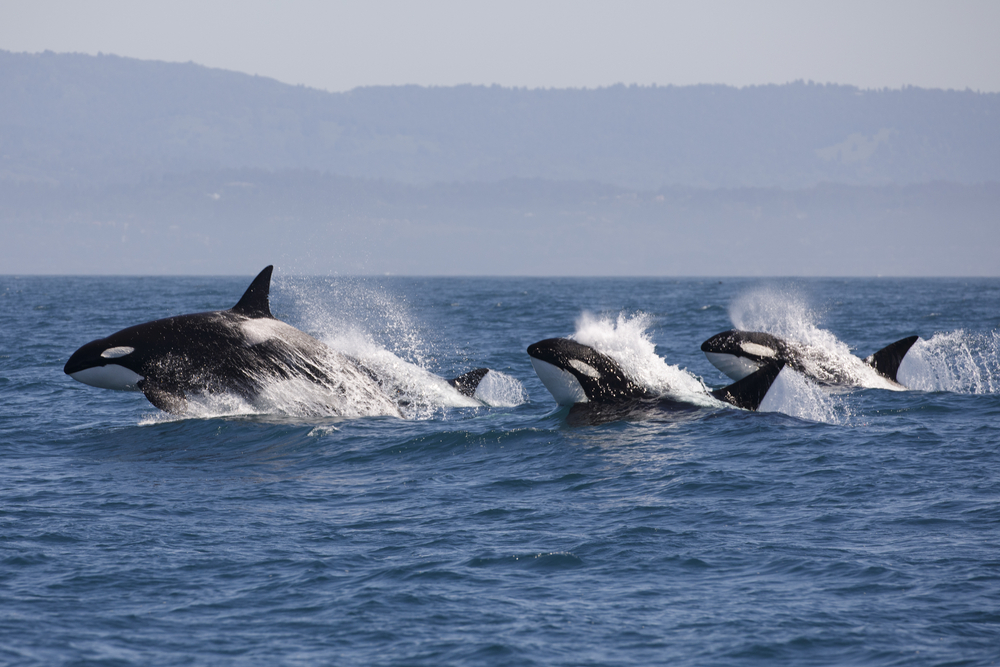
Orcas, often called killer whales, are apex predators with sophisticated hunting techniques. These marine mammals operate in pods, and their intelligence plays a big role in their hunting success. They have been known to use tactics such as creating waves to wash seals off ice floes. Each pod has its own unique set of hunting methods, passed down through generations. Their ability to adapt and innovate makes them formidable hunters.
Social structure is crucial in an orca pod. The tight-knit family groups work together seamlessly, often coordinating attacks on prey. They communicate with a complex language of clicks and whistles, which helps them plan and execute hunts. Their ability to strategize as a group demonstrates a level of intelligence comparable to that of humans. It’s no wonder they reign as the top predators of the ocean.
3. Golden Eagles
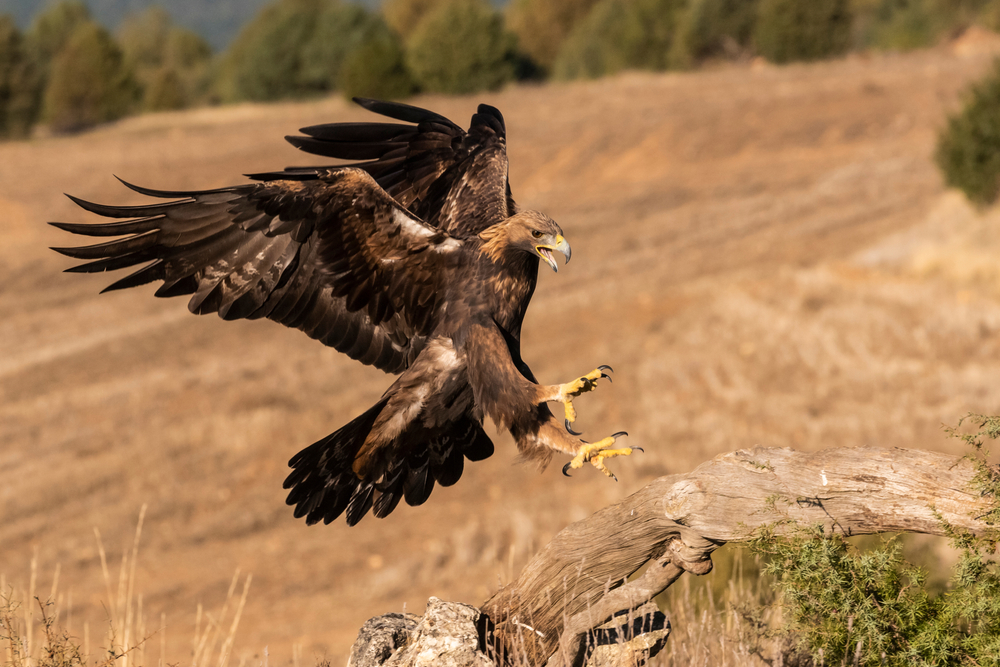
Golden eagles are renowned for their incredible hunting skills. These birds of prey can spot their targets from miles away, thanks to their excellent eyesight. Once a target is identified, they dive at speeds of up to 150 miles per hour. Studies conducted by ornithologist Dr. Todd Katzner reveal that golden eagles can detect small mammals like rabbits from over two miles away. Their precision and speed are unmatched in the avian world.
Their hunting technique is a combination of stealth and power. They glide silently, using the terrain to mask their approach. At the last moment, they swoop down with astonishing speed and precision, ensuring a high success rate. The ability to adapt their hunting techniques to different environments further contributes to their effectiveness. It’s a deadly combination that makes them one of nature’s most efficient hunters.
4. Army Ants

Army ants are small but mighty when it comes to hunting. These insects are blind, yet they operate with incredible precision and coordination. They form massive raiding parties that swarm through the forest, overwhelming any prey in their path. It’s a brutal but effective strategy that relies on sheer numbers and teamwork. Each ant plays its part, contributing to the collective success of the hunt.
The key to their success lies in their organization. Army ants communicate through chemical signals, allowing them to coordinate their movements seamlessly. They form living bridges and walls to trap and capture prey, demonstrating remarkable collective intelligence. The raid is a well-oiled machine, with each ant knowing exactly what to do. It’s a level of precision that rivals even the most disciplined military units.
5. Wolves
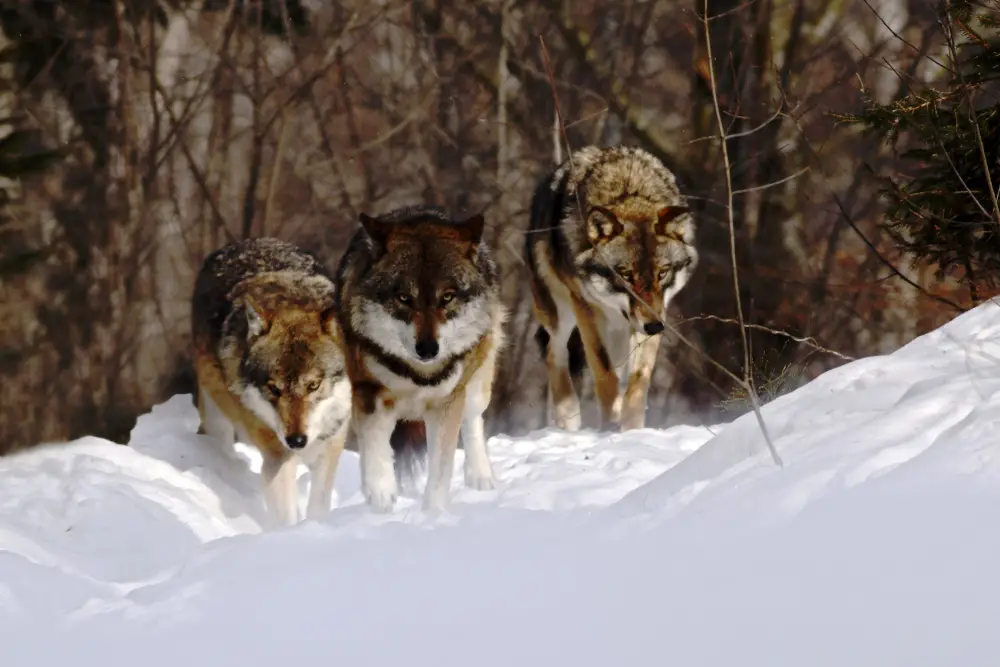
Wolves are masterful hunters, known for their strategic approach to capturing prey. They hunt in packs, using their numbers to outsmart and overpower larger animals like elk and bison. Ecologist Dr. L. David Mech has extensively studied wolves and found that their pack dynamics play a crucial role in hunting success. Each member of the pack has a specific role, which they execute with precision. This teamwork enables them to take down prey much larger than themselves.
Communication is key in a wolf pack. They use a range of vocalizations and body language to signal intentions and coordinate their movements. Their ability to work together effectively allows them to execute complex hunting strategies. By isolating and exhausting their target, they increase their chances of a successful kill. It’s a well-practiced routine that highlights their intelligence and cooperation.
6. Cheetahs
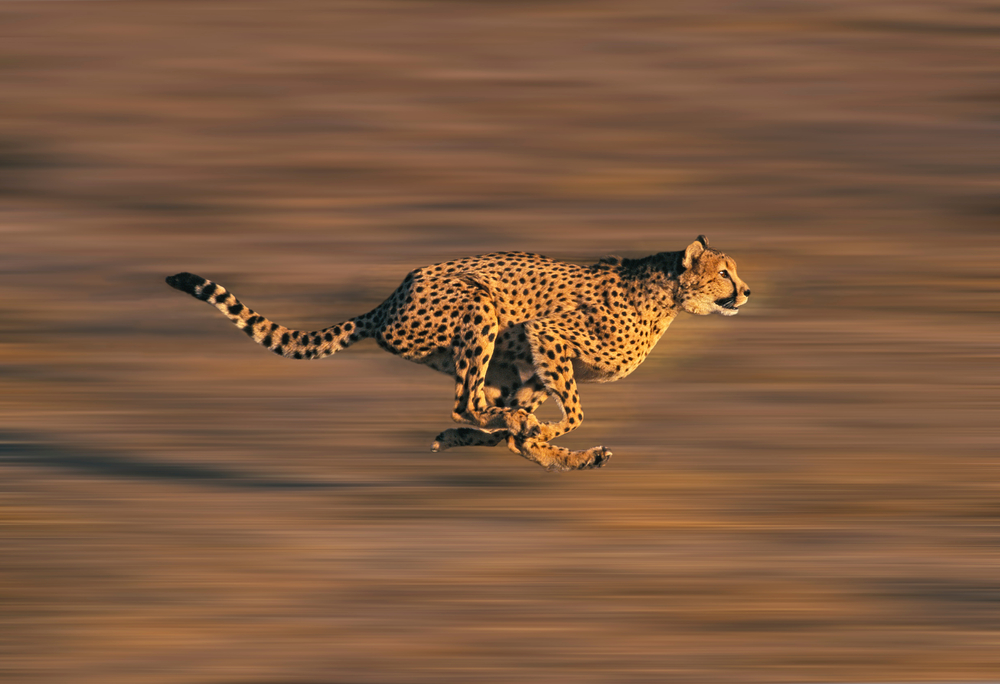
Cheetahs are renowned for their speed, but there’s more to their hunting skills than just velocity. Their ability to accelerate from 0 to 60 mph in just a few seconds is a crucial part of their strategy. They rely on stealth and surprise, getting as close as possible to their prey before launching into a sprint. This requires careful planning and timing, ensuring they conserve enough energy for the chase. Their hunting precision is a combination of raw speed and calculated execution.
Their bodies are built for speed, with lightweight frames and large nasal passages for increased oxygen intake. However, they must be strategic in their hunts, as they can only maintain top speed for short bursts. Once they close in on their target, they use their dewclaw to trip the prey, bringing it down with accuracy. After the hunt, they need time to recover before eating, highlighting the energy-intensive nature of their strategy. This blend of speed and cunning makes them one of the most extraordinary hunters in the animal kingdom.
7. Dolphins
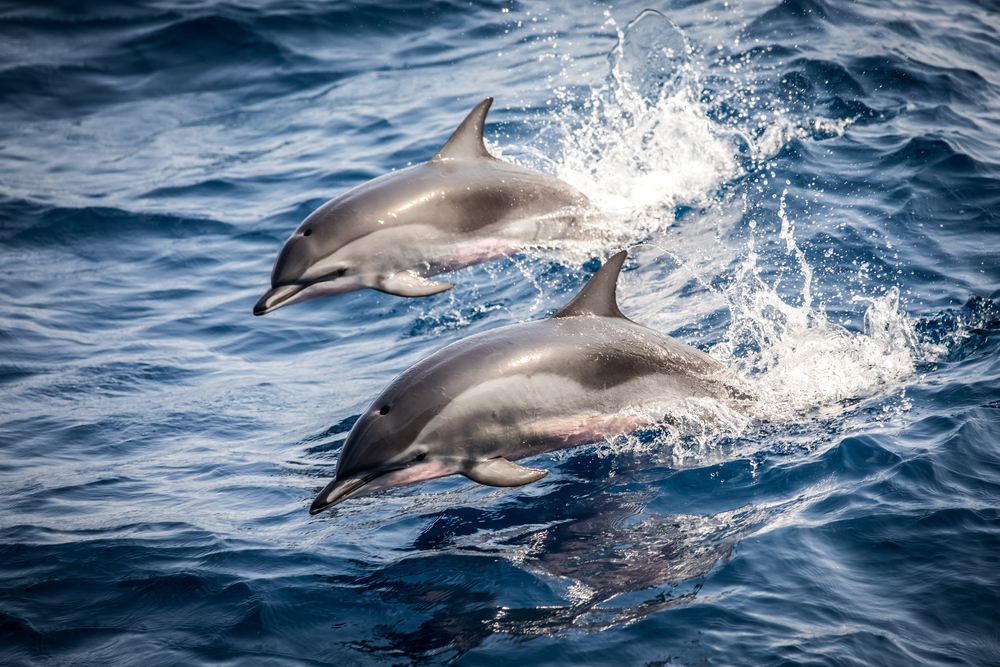
Dolphins are not just playful creatures; they are also skilled hunters with remarkable intelligence. These marine mammals often hunt in pods, utilizing teamwork and communication to their advantage. A study by marine biologist Dr. Janet Mann sheds light on their use of unique hunting techniques, such as creating mud rings to trap fish. By working together, dolphins can corral fish into tight balls, making it easier for them to catch their prey. Their ability to strategize collectively sets them apart as remarkable hunters.
Their social structure is essential to their hunting success. Dolphins communicate using a complex system of clicks, whistles, and body language. This allows them to coordinate their movements and execute well-planned hunting maneuvers. Their playful nature belies their sophistication as hunters, as they constantly adapt and innovate their strategies. It’s a combination of intelligence and teamwork that makes them formidable predators.
8. Praying Mantises

Praying mantises are masters of ambush, relying on patience and precision to capture their prey. Their hunting technique is simple yet effective: they wait motionless on a plant or branch, blending in with their surroundings. When an unsuspecting insect comes within reach, they strike with lightning-fast speed. Their forelegs, equipped with sharp spines, snap shut like a trap, ensuring their prey has no chance of escape. This stealthy approach requires both patience and impeccable timing.
The praying mantis’s ability to camouflage itself is key to its success. Its body is adapted to mimic leaves or twigs, making it nearly invisible to both predators and prey. This allows it to get close to its target without being detected. Once in position, the mantis remains perfectly still, waiting for the right moment to strike. It’s a calculated and efficient method that demonstrates the mantis’s skill as a hunter.
9. Great White Sharks
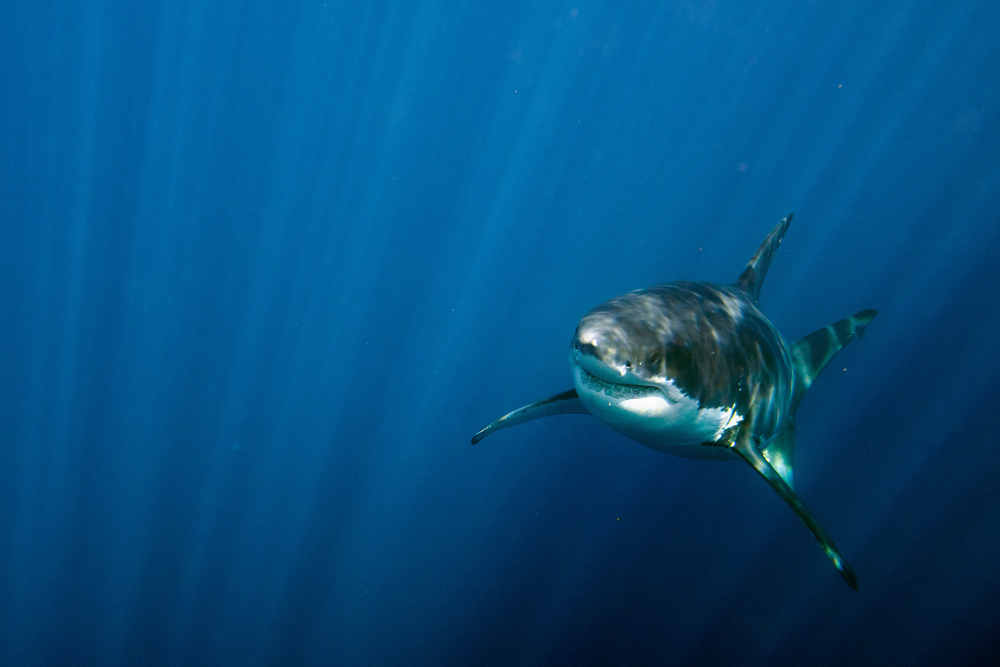
Great white sharks are apex predators, known for their power and precision in hunting. They rely on a combination of speed, strength, and stealth to catch their prey. These sharks are particularly adept at ambush attacks, using their pale bellies to blend in with the sunlight above. This allows them to approach their prey from below without being detected. Once within striking distance, they launch a powerful attack with their massive jaws.
Their keen sense of smell and acute hearing play a crucial role in their hunting strategy. They can detect blood in the water from miles away, honing in on potential prey. Their ability to sense electrical signals helps them locate fish swimming nearby. This multifaceted approach makes them highly effective hunters. It’s a combination of sensory prowess and brute force that ensures their status as top predators.
10. Spiders
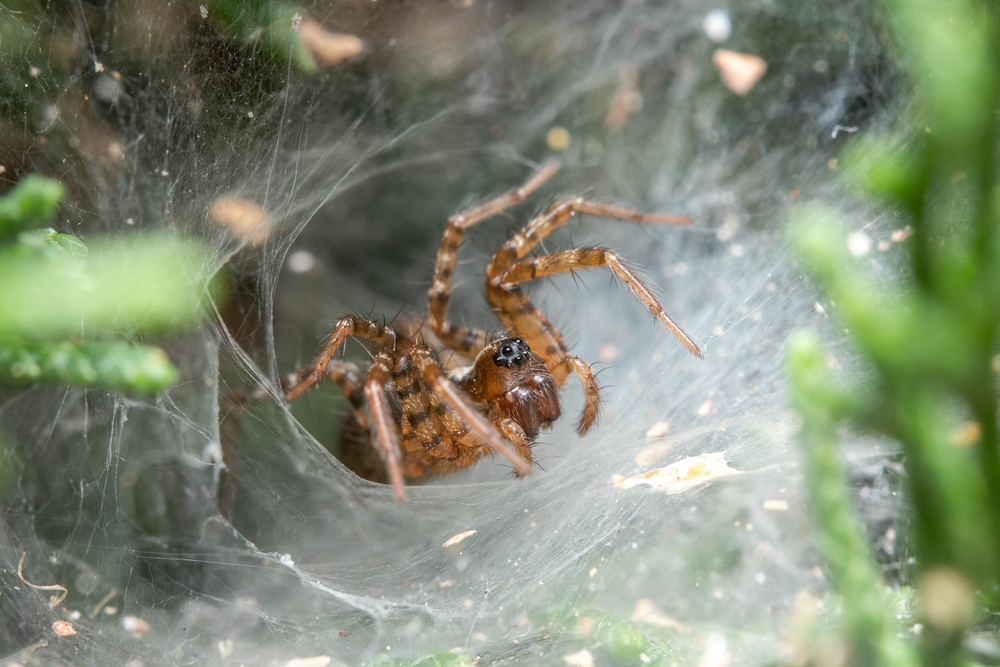
Spiders might not seem like formidable hunters, but their web-building skills are a marvel of nature. They create intricate webs designed to trap unsuspecting insects. Once prey is snared, spiders quickly immobilize it with venom before wrapping it in silk. This process requires both skill and precision, as the web must be constructed correctly to ensure success. Spiders demonstrate a remarkable understanding of engineering principles in their hunting technique.
The diversity in spider hunting strategies is astounding. Some build orb webs, while others create funnel webs or sheet webs. Each type is designed to capture specific prey, showcasing the spider’s adaptability. They rely on vibrations to detect when prey is caught, rushing to subdue it quickly. This level of specialization and precision makes spiders highly efficient hunters.
11. Saltwater Crocodiles
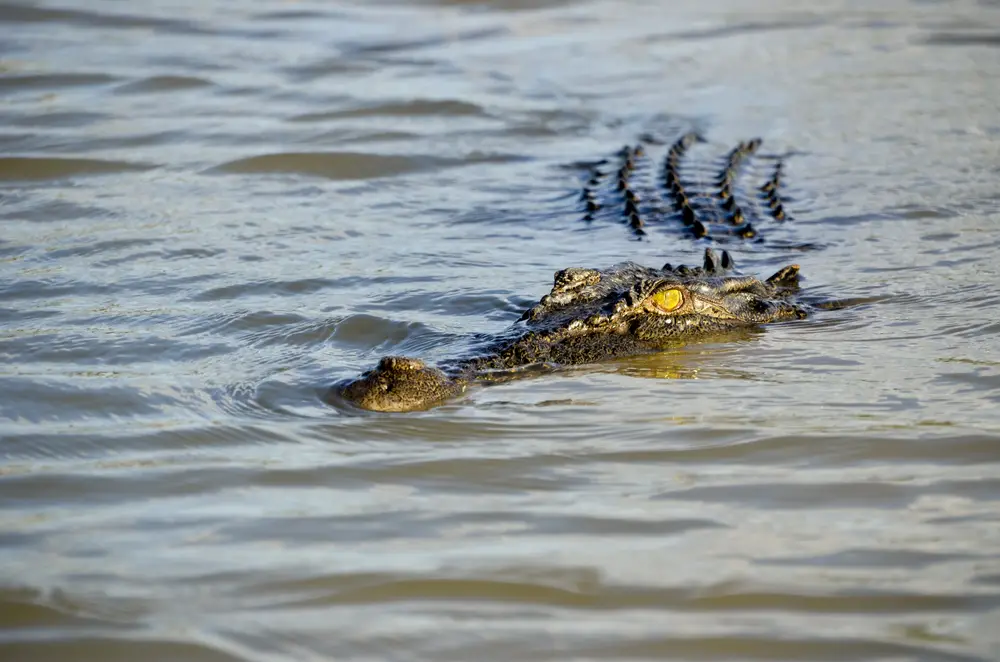
Saltwater crocodiles are stealthy hunters, known for their patience and power. They lurk beneath the water’s surface, waiting for the perfect moment to strike. With incredible speed and force, they lunge at their prey, using their powerful jaws to deliver a lethal bite. Their stealthy approach and sudden bursts of energy make them formidable predators. The element of surprise is their greatest weapon.
Their hunting technique is a game of patience. Crocodiles can remain motionless for hours, blending in with their surroundings. This allows them to get within striking distance of their target without being detected. Once in position, they unleash a rapid and deadly attack. It’s a combination of stealth, power, and timing that ensures their success as hunters.
12. Lions
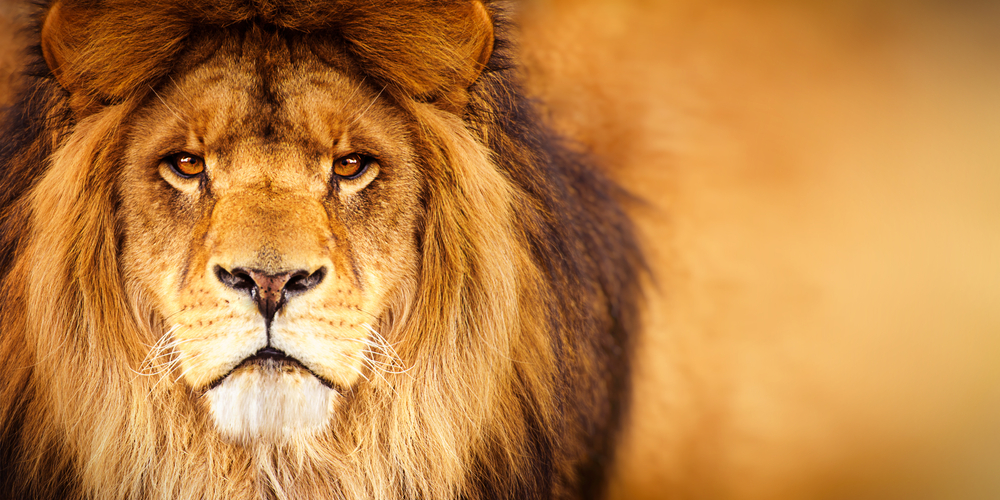
Lions are often called the kings of the jungle, and their hunting strategy is a big reason why. They rely on teamwork and coordination to bring down large prey like zebras and wildebeests. The lionesses do most of the hunting, working together to stalk and ambush their targets. They use the cover of tall grass and the element of surprise to their advantage. Once they are close enough, they launch a coordinated attack, cutting off any chance of escape.
Their social structure plays a vital role in their hunting success. Each lioness has a specific role in the hunt, whether it’s driving the prey toward the rest of the pride or delivering the final blow. This cooperation ensures that the hunt is both efficient and effective. By working together, they can take down animals much larger than themselves. It’s a testament to their strategic thinking and teamwork.
13. Snow Leopards

Snow leopards are elusive hunters, perfectly adapted to the harsh conditions of their mountain habitats. Their thick fur provides camouflage against the rocky terrain, allowing them to get close to their prey unnoticed. They rely on stealth and agility, using the terrain to their advantage as they stalk their target. Once in range, they pounce with precision, using their powerful legs to close the gap quickly. It’s a combination of patience, stealth, and power that makes them successful hunters.
These big cats are solitary hunters, relying on their keen sense of sight and hearing to locate prey. Their ability to blend into their environment is crucial to their hunting strategy. They are capable of taking down animals much larger than themselves, such as ibex and blue sheep. This requires careful planning and execution, ensuring they conserve energy for the final attack. Their solitary nature and specialized skills make them one of the most adept predators in the mountains.
14. Peregrine Falcons
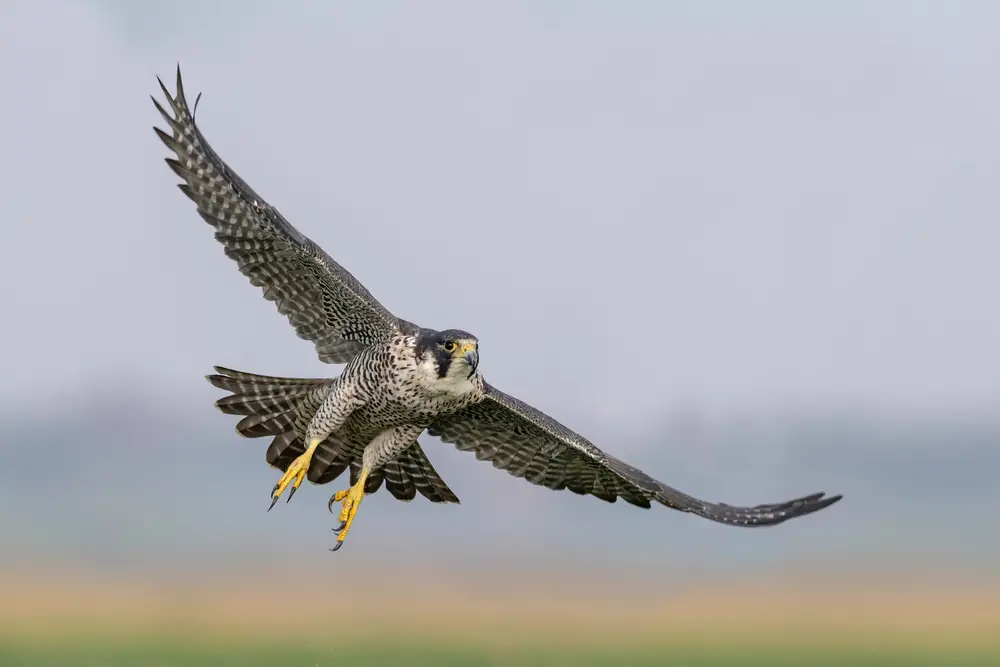
Peregrine falcons hold the title for the fastest animal on the planet. Their hunting technique involves diving at incredible speeds to catch prey mid-air. This requires exceptional precision and timing, as they must calculate the trajectory and speed of their target. Their keen eyesight allows them to spot prey from great distances, making them highly effective aerial hunters. When diving, they tuck in their wings and reach speeds of over 240 miles per hour.
Their success lies in their ability to control their dive with precision. As they close in on their target, they use their talons to snatch the prey out of the air. This requires a combination of speed, agility, and accuracy. They often strike with such force that the impact alone is enough to immobilize their target. This efficiency and skill make peregrine falcons one of the most impressive hunters in the bird world.
15. Komodo Dragons
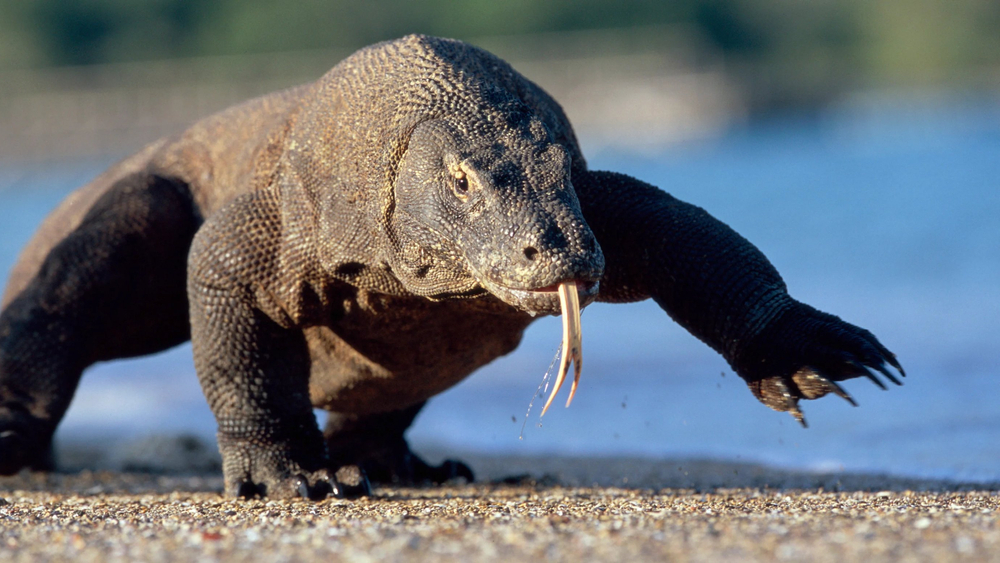
Komodo dragons are the largest lizards in the world, and their hunting strategy is both unique and formidable. They rely on a combination of stealth, power, and patience to capture their prey. With a bite that delivers venom and bacteria, they inflict serious wounds on their target. The dragon then follows its injured prey for hours or even days, waiting for the venom to take effect. This patient approach is part of what makes them effective hunters.
Their sense of smell is a critical component of their hunting strategy. They can detect the scent of rotting meat from miles away, leading them to potential prey. Once they have located a target, they approach silently, using their powerful legs to close the distance quickly. Their ability to wait patiently for the venom to work demonstrates remarkable persistence. It’s a chillingly effective method that highlights their prowess as apex predators.
